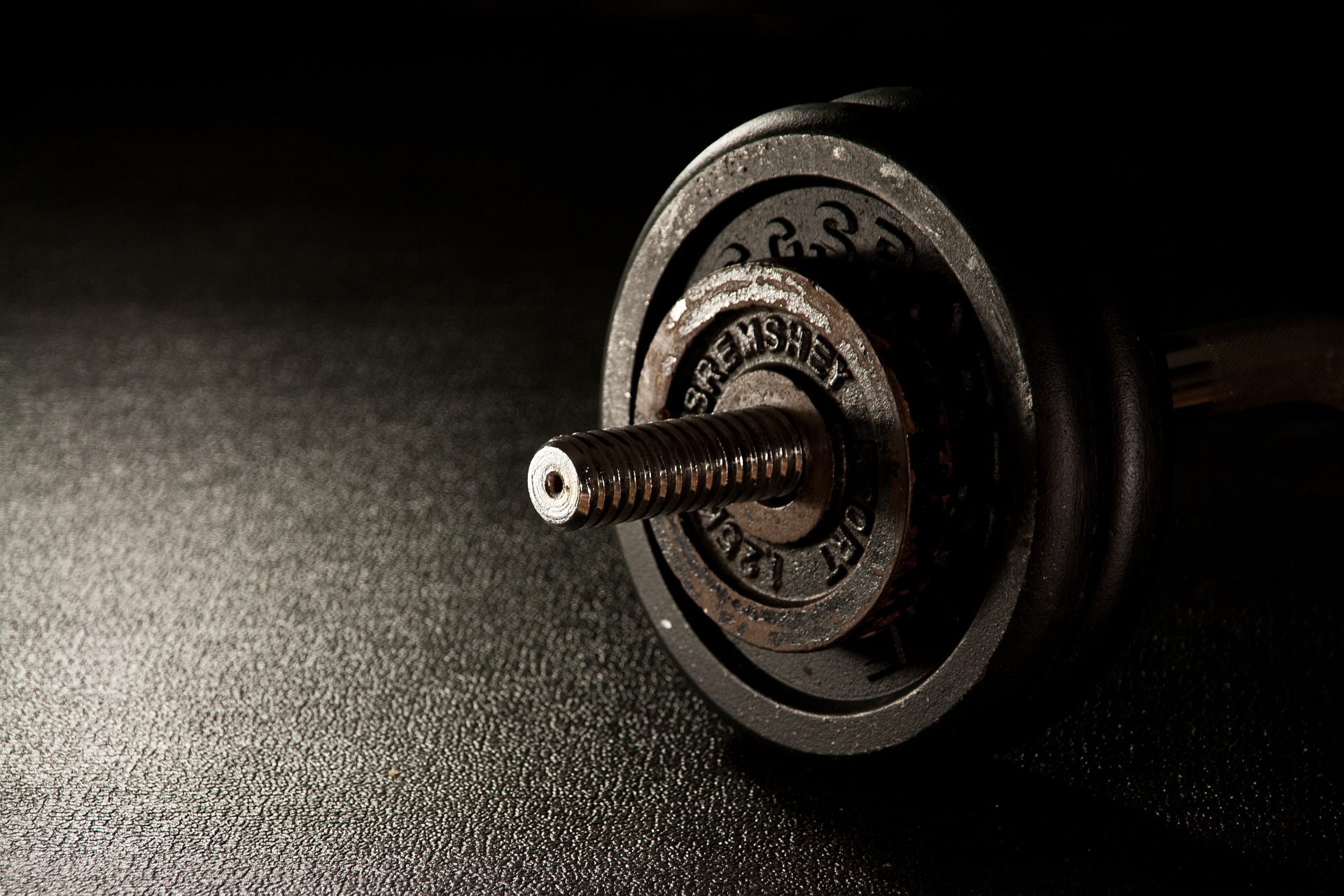Image via Pixabay
The conventional vision of how someone should begin their fitness journey involves the suggestion that they find a good gym within driving distance, sign up for an extended membership in order to motivate themselves to not “waste their money”, and then get down there for workouts as often as possible, either before or after work each day.
And, to their credit, a lot of people really do give this approach an honest shot. Doubtful? Well, consider the fact that every January, hordes of newcomers sign up for gym memberships across the land.
The only issue is that, come February or March, the majority of these “resolutioners” are nowhere to be seen. In fact, this is a running joke among many long-term gym regulars.
It’s common to attribute this phenomenon to laziness on the part of the trainees, but could it also be the fact that going to the gym has certain downsides?
As it turns out, setting up a home gym is a much better option for many people. All you need is a squat rack, a few weights, and vision. If you have a spare room in your home, you could easily add a few pieces of equipment and you would have a home gym. However, if space is going to be a problem, there are other things you could do. Some people have added a home gym to their garden by purchasing prefabricated sheds and turning them into a space where they can workout comfortably. Either way could work, it’s up to the individual to pick which option is best for them and the space in their home.
Here are some of the many benefits of setting up a home gym.
It gives you a chance to reevaluate and start again
If the gym was getting you nowhere, maybe it’s time to rethink a few things. Were you getting the right nutrition, for example? Start off by trying a few Bariatric Samples of multivitamins and switching up your diet a bit to include more protein, fruit and veg. Finding the right nutrition that works for you can take a while, but once you’ve found the perfect diet and combination of supplements, your home gym will be entirely worth it. Plus, the kitchen will be just in the next room, so you can re-energise yourself straight after every workout – no more slumping in the armchair when you get home from the gym and having no energy to eat.
It can land you big savings down the line
Gym memberships are rarely cheap, and even though the monthly fee may seem cheap compared to the costs of setting up your home gym, a quick bit of math will typically reveal that by having a home gym, you’ll quickly save a lot of money on your fitness journey.
This is especially the case when you consider the fact that “fitness” is something you’ll ideally be “doing” for the rest of your life, not just for a few months.
Buy the bare minimum equipment required for a safe, productive home gym experience, and within a year or two, you’ll likely have made good savings on your fitness routine.
It incentivises you to train and cuts out some of the “barriers” that stand in your way
Getting a fitness routine started is psychological to a large degree, but this doesn’t mean that you can just “muscle through” any mental resistance you may experience.
Charles Duhigg notes in his book, “The Power of Habit” that habits automate behaviours, so that they no longer require willpower to perform, and that habits should be built “small” with as little resistance as possible, and many other writers have expressed similar thoughts.
A home gym removes a lot of external resistance from the process of forming a fitness habit – no commute time, no strangers judging you, and so on.
You can train the way you like, without any inane gym rules to hold you back
Certain gyms have become fairly notorious for their seemingly arbitrary and inane rules and regulations.
In recent years, Planet Fitness has drawn the ire of serious lifters, for example, by forbidding deadlifting, on pain of having your membership instantly revoked.
When you’re training at home, you can train exactly how you like. You can grunt, drop the weights, deadlift, or do whatever else you like.Just be sure you have the correct safety features in place to avoid an injury.




